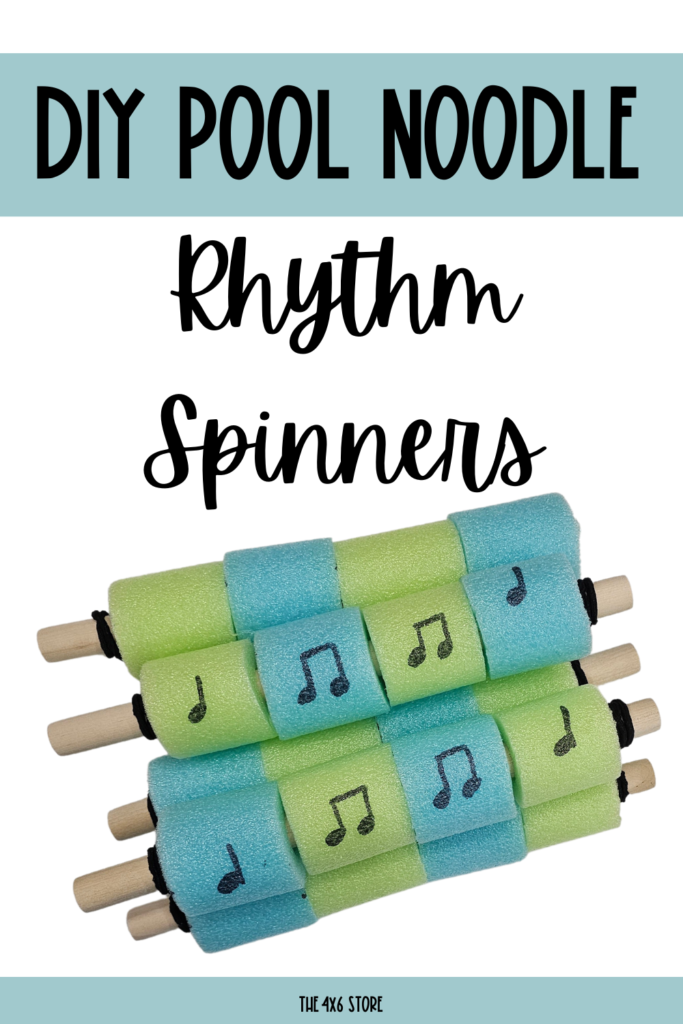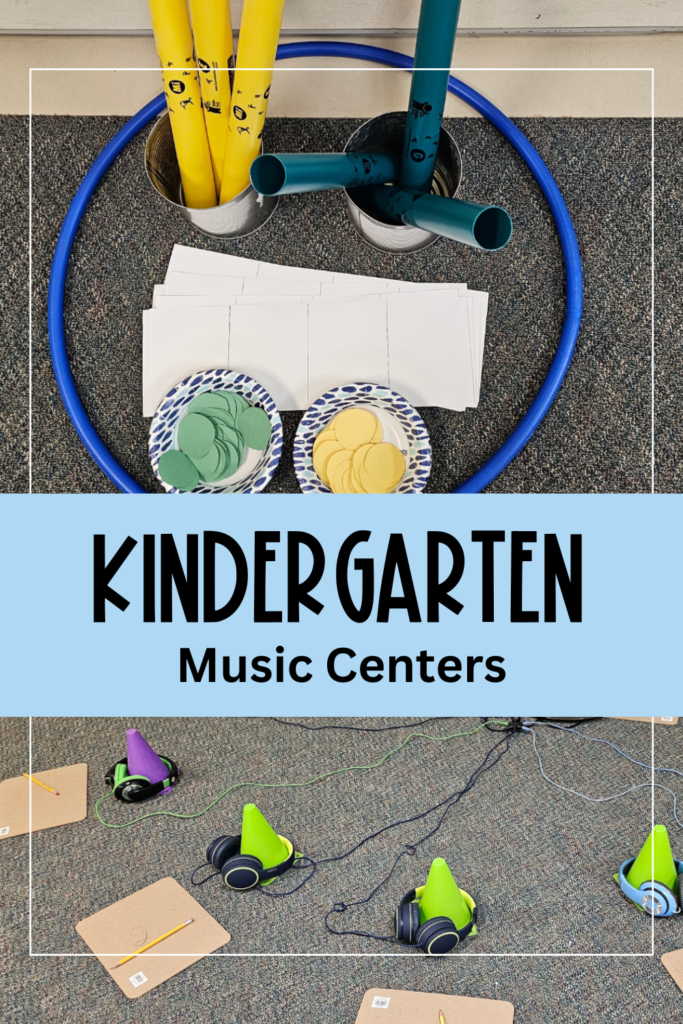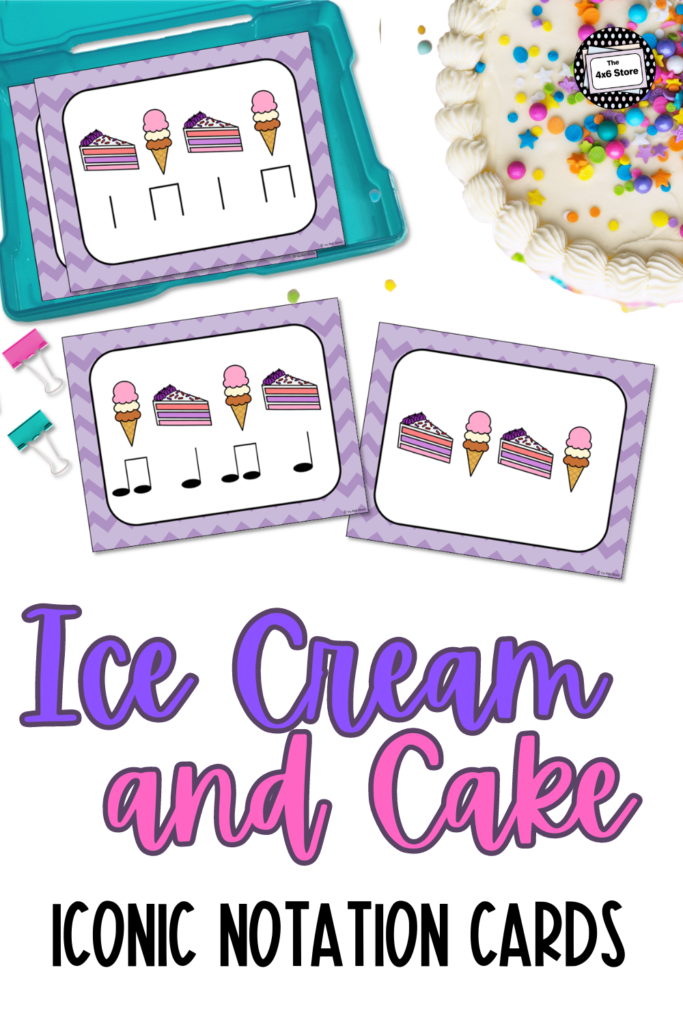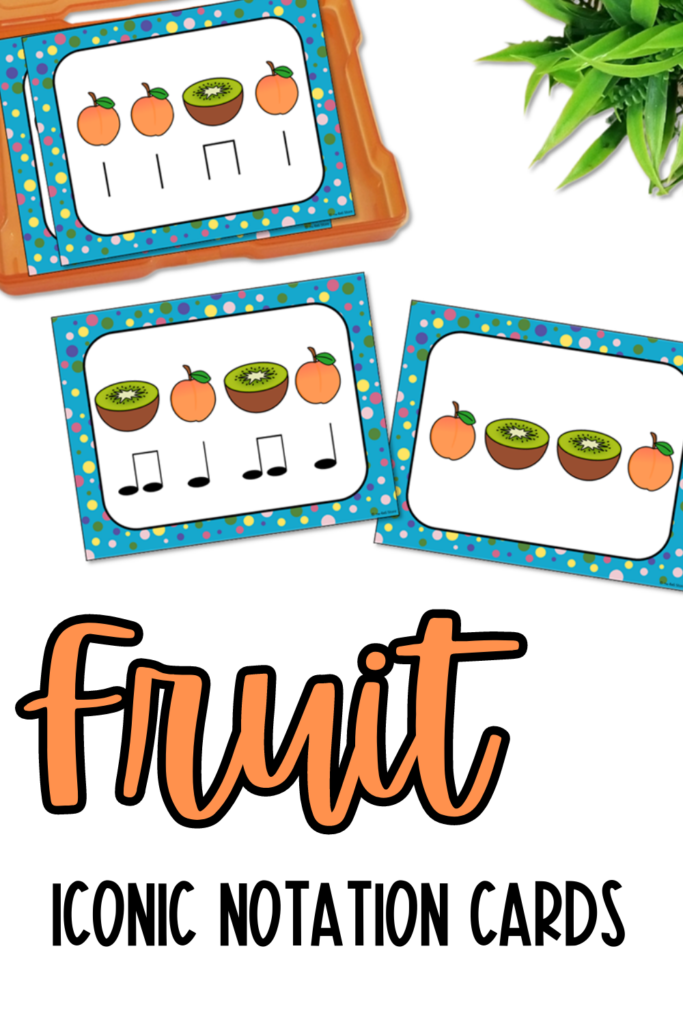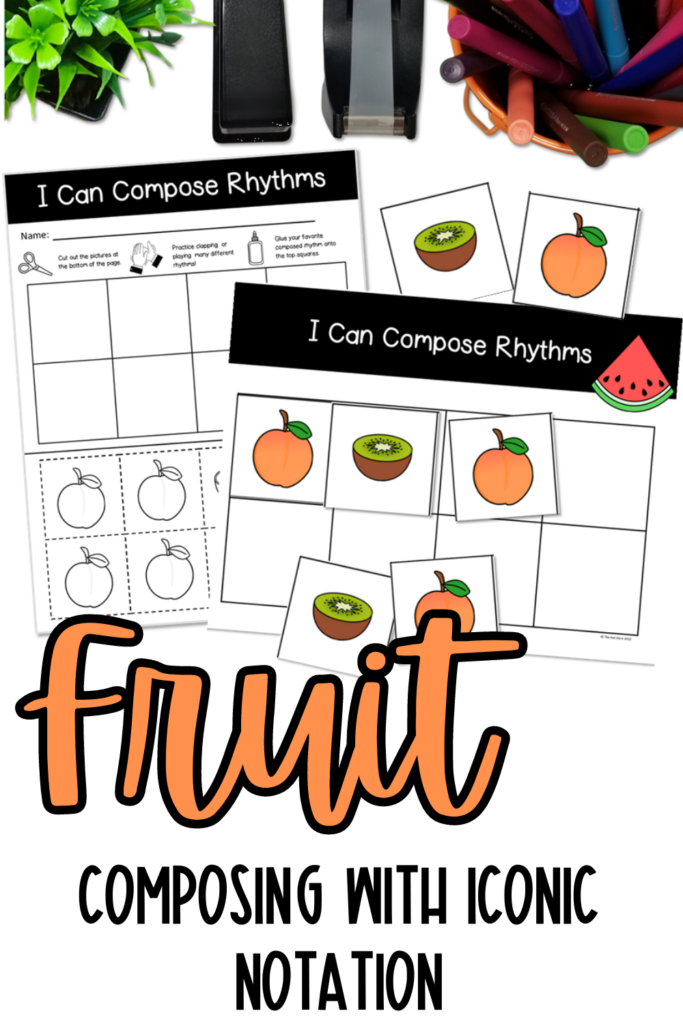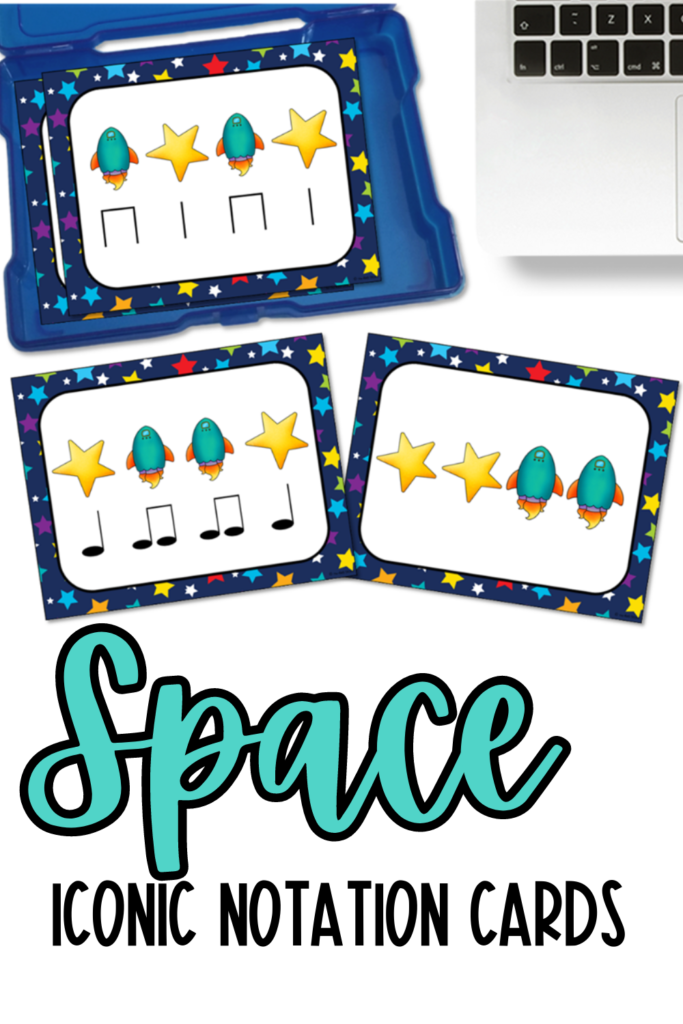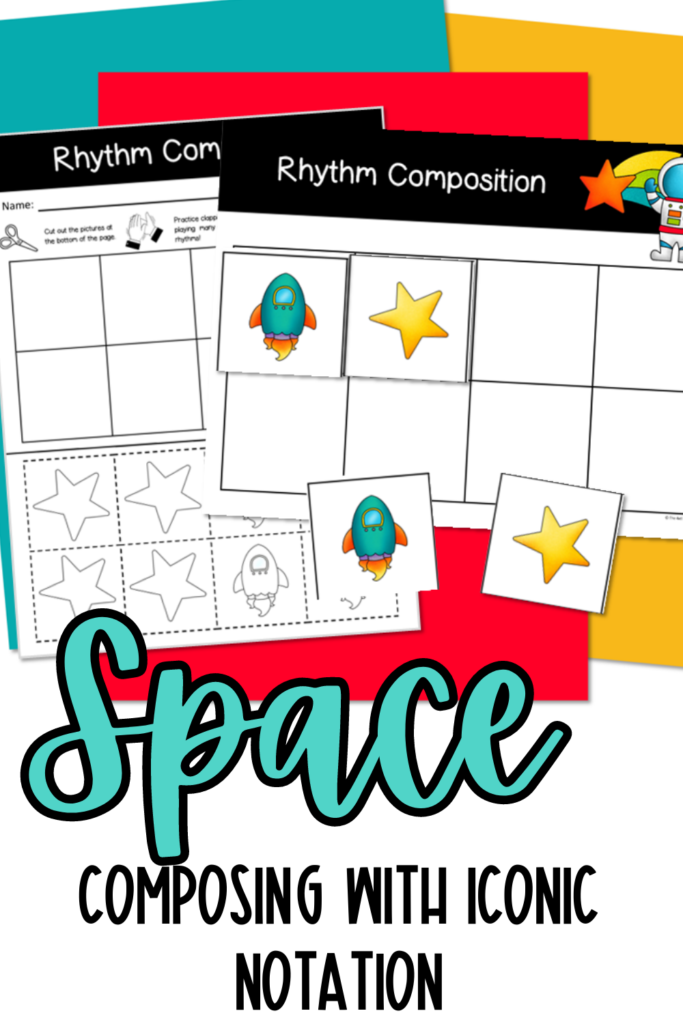Iconic notation, also sometimes referred to as visual or graphic notation, is a system of using symbols and pictures to represent music instead of more traditional notation. Using iconic notation with younger students has many perks to enrich your young musicians experience in music!
The National Association for Music Education has stated:
Iconic notation, when used to support previous aural learning,
Iconic Notation – A Pathway to Music Literacy
is an important transitional step between sound and reading music.
The use of iconic notation has been exciting and a key part of my elementary music classroom. My co-teacher, after she began teaching my first set of kindergarteners as first graders, thanked me for the excellent rhythmic foundation I had set for those students. She stated she was able to cover material in first grade she hadn’t been able to before because of their proficiency with quarter and eighth notes in kindergarten. I hope to share what helps me successful teaching iconic notation.
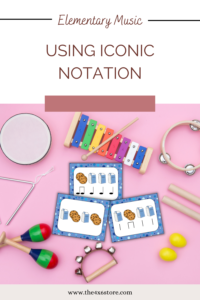
Why Iconic Notation?
Accessibility
First, they are accessible! Learners who are new to music may find pictures of familiar objects to be more understandable and relatable that standard musical notation.
I teach music primarily to kindergarten students. Most students enter my classroom with a blank slate in music theory. I am a teacher who likes to build on a student’s prior knowledge to introduce unfamiliar concepts. Before I throw out words like “steady beat” or “rhythm” or “syllables,” we begin with pictures of things they know. Clapping “milk – coo-kie – milk – milk” is more familiar to students than the traditional “ta -ti-ti – ta -ta.” It is the perfect jumping off point. (And syllabication skill building – an added bonus their classroom teacher will appreciate!!!)
((And let’s be 100% honest… when I was in band learning to play Pines of Rome… I used “Hip-po-pot-a-mus” to figure out those darn quintuplets. ))
ESL/ELL Learners
Icons and pictures may also better support English Language Learners in your classroom, as well! Iconic Notation allows students to engage in music and express themselves creatively without being dependent on their language skills. It also is a tool for teaching vocabulary to help build confidence and support in their language acquisition process!
Engagement
Iconic notation can be more engaging for younger student as it adds a visual element to the music-making process. Changing icons for holidays, classroom unit themes, or general interesting topics can help provide higher engagement levels for repetitive learning (like rhythm study!) For example, instead of doing the same rhythm drills, videos using icons for the different holidays can be used!
Cross-curricular Connections
Iconic notation cand add connection to other core content areas. Besides a lesson in math (quarter vs eighth notes), it also supports reading skills such as syllabication (as mentioned above)! Music teachers can coordinate themes and icons with the regular classroom teachers to support vocabulary terms and concepts.
I do teach standard notation accompanied by icons later in the year. (See below.) Keeping the icons all year helps support my lower learners. Introducing music notation engages my higher learners. (I love blowing my mathematically minded students with “fitting two sounds into one beat.” They LOVE IT and laughed when one student shouts “Oh! I get it! That makes sense!!!”)

Making the Connection from Icons to Standard Notation
My kindergarten students use iconic notation from the beginning of the year. After Christmas Break, I begin to take note on which classes are ready to dive into learning about standard notation. Most classes are ready in January – with an occasional class or two that doesn’t begin this stage until Spring. I take a gradual release of responsibility approach with teaching this concept.
I Do:
Once using the icons begins to “feel boring” to 85%+ of the class, we have a dot drawing lesson. I project the PowerPoint with the cards I have been using onto the board. I draw four hearts for four beats. (4 hearts = 4 steady beats – they know this by heart by now) We break down each beat into how many claps each icon is. Surprise, surprise, we start with four quarter notes and four dots. My next slide will have three quarter notes and an eighth note. We continue this as a class for several examples.
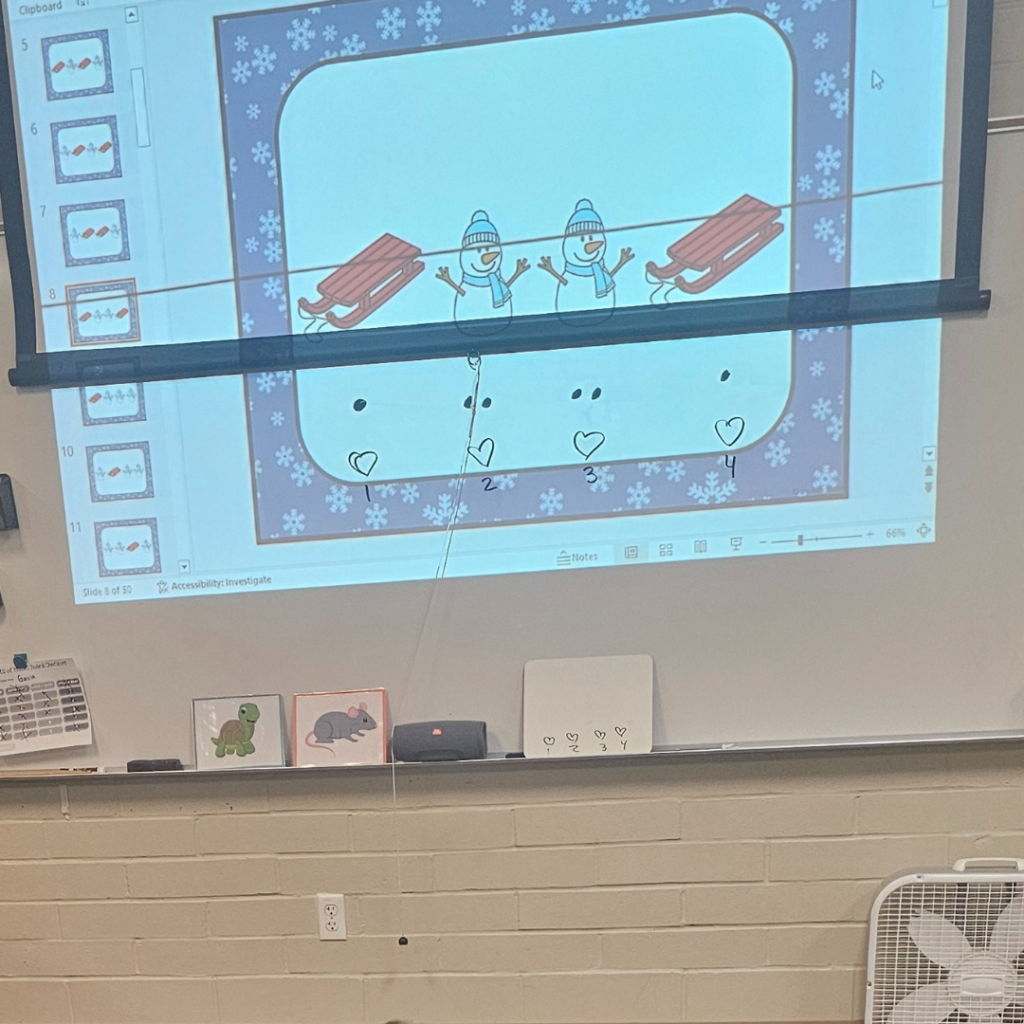
We Do:
The next time we do this activity, each student has their own whiteboard and dry erase marker. We complete the same exercise, but together. It only takes a time or two together before they want to do it independently. However, I allow them to work in partners, as well. (I leave a model of what their whiteboard should look like before drawing any dots on the ledge of my board – as pictured above.)
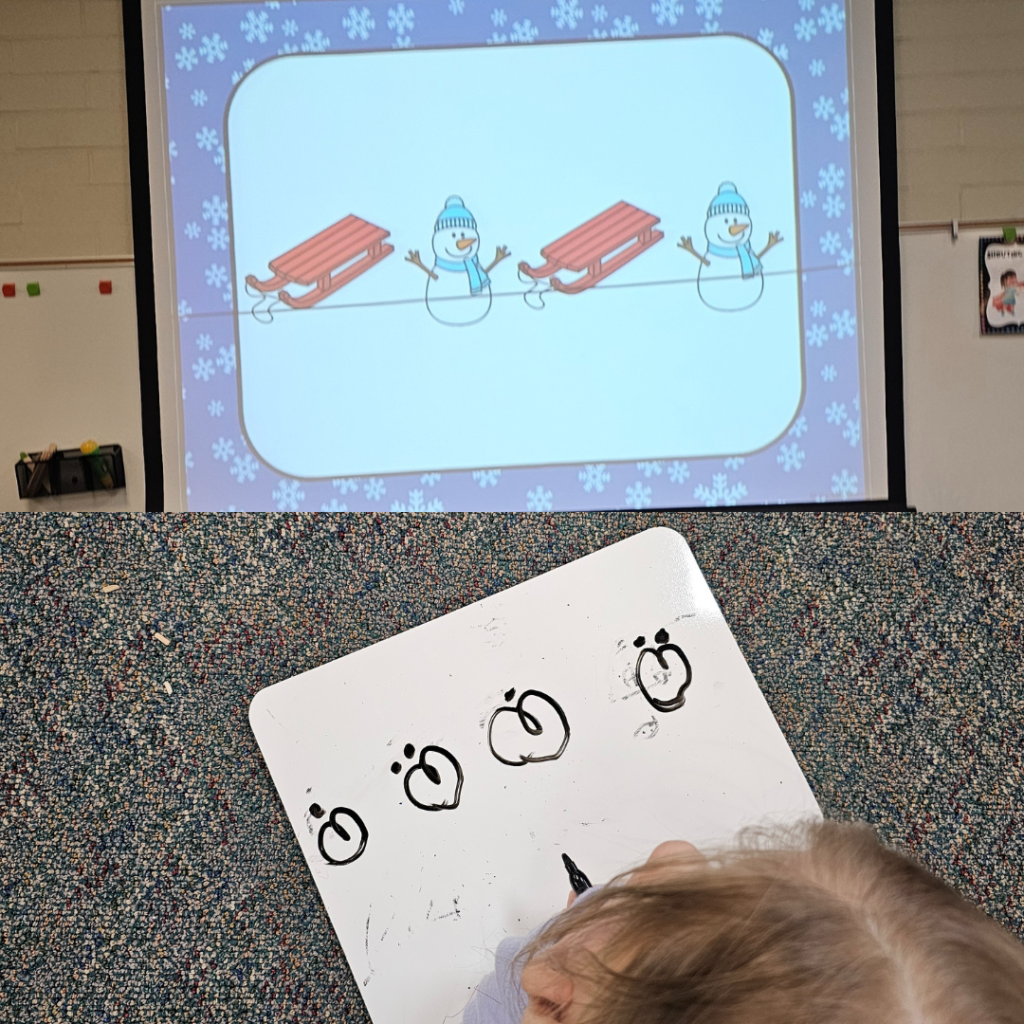
While students are trying to draw their dots, I am walking around helping those who still need help or partnering up students who are “there” with students who need support. I will then complete the exercise on the board, ask if their board looks like mine, and if it doesn’t ask a neighbor if you don’t understand why. In my experience, about 80% of the class will be proficient with this – which exceeded my expectations the first time I did this activity.
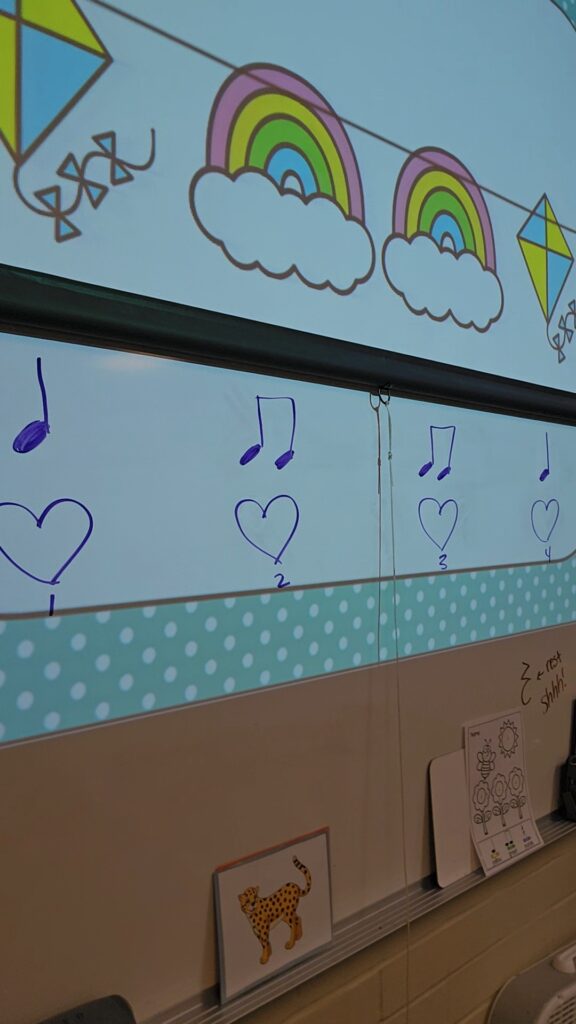
And then comes my “This is why I teach” goosebumps lesson. When the majority of the class is confident in the “We Do” stage, I bring out my magic. I tell them that I am going to teach them “Big Kid Music.” We do an example together…. I make a BIG MAGIC sound… and I draw stems on the dots with a bar on the eight notes. The amount of “lightbulb” moments that happens in the eyes of my students when I do this gives me the chills every. single. time.
Note: As you can see, most of my classes learned standard notation in the winter. I had two classes who learned this later in the spring – and that’s ok!
You Do:
After the “I Do” and “We Do” stage, I give my students many opportunities to work with their new knowledge in centers. I love to provide activities that reinforce the concept for students needing more practice, but can be easily extended for students who are ready to keep going! My students know that if they are still drawing syllable dots – that’s AMAZING! If they are making 8 beat rhythms with standard notation – that’s AMAZING! Below is an example of two students working at their own level at the same center.
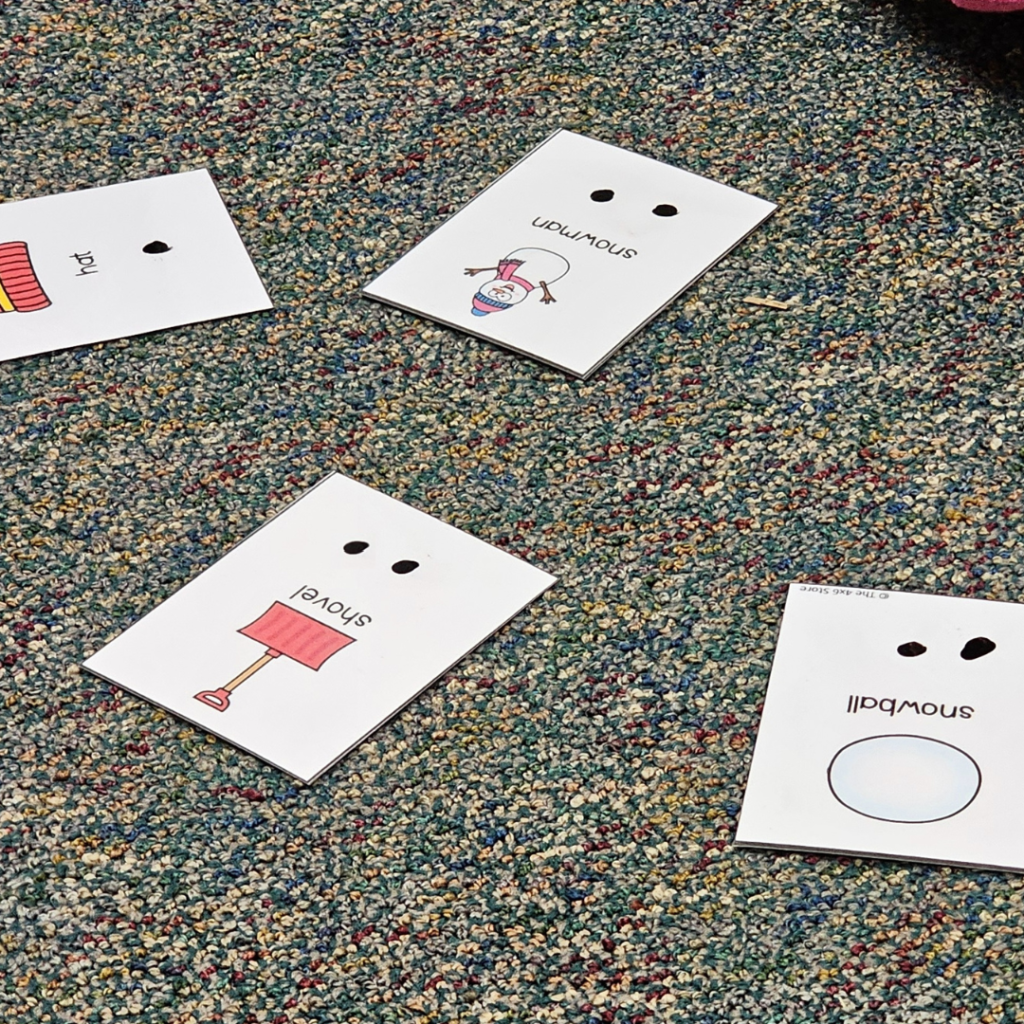
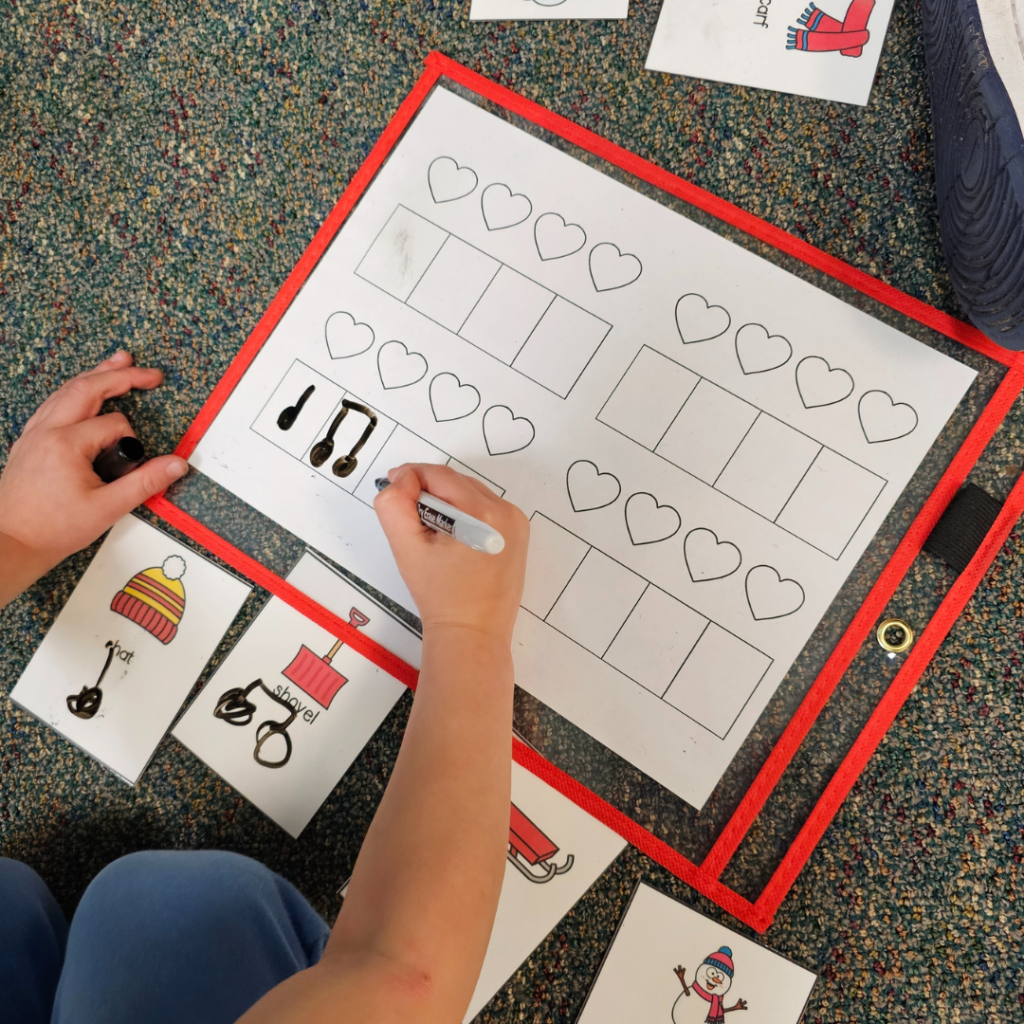
I am frantically working on putting my iconic notation activities into lesson plan format for you with these modifications!
Activities For Early Elementary
Are you ready to use iconic notation in your classroom? The examples above are from the iconic notation cards and composing activities I use with my lower elementary music students!
Each set of rhythm cards includes iconic only, stick, and standard notations. There is also a PowerPoint file containing each card for whole-class instruction.
The composition set includes a cut and paste worksheet, mats for centers and small group/individual composition, and an interactive PowerPoint for whole class instruction. A black and white and color copy for the printable worksheet is included for your convenience.
This is only a small sampling of the different, engaging icons I have available. See my Activities by Holiday page for more! Sign up for my email to receive a FREE milk and cookies download!
Keep Exploring:
Iconic notation activities are my go-to for centers! See the following for how I use them in class!
